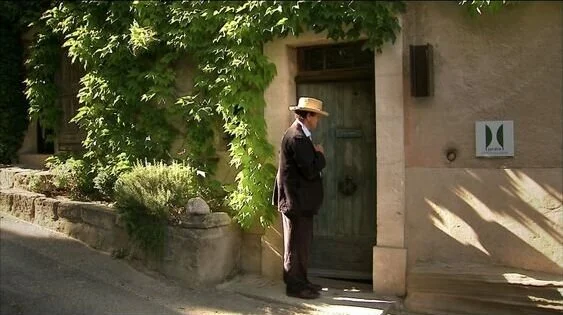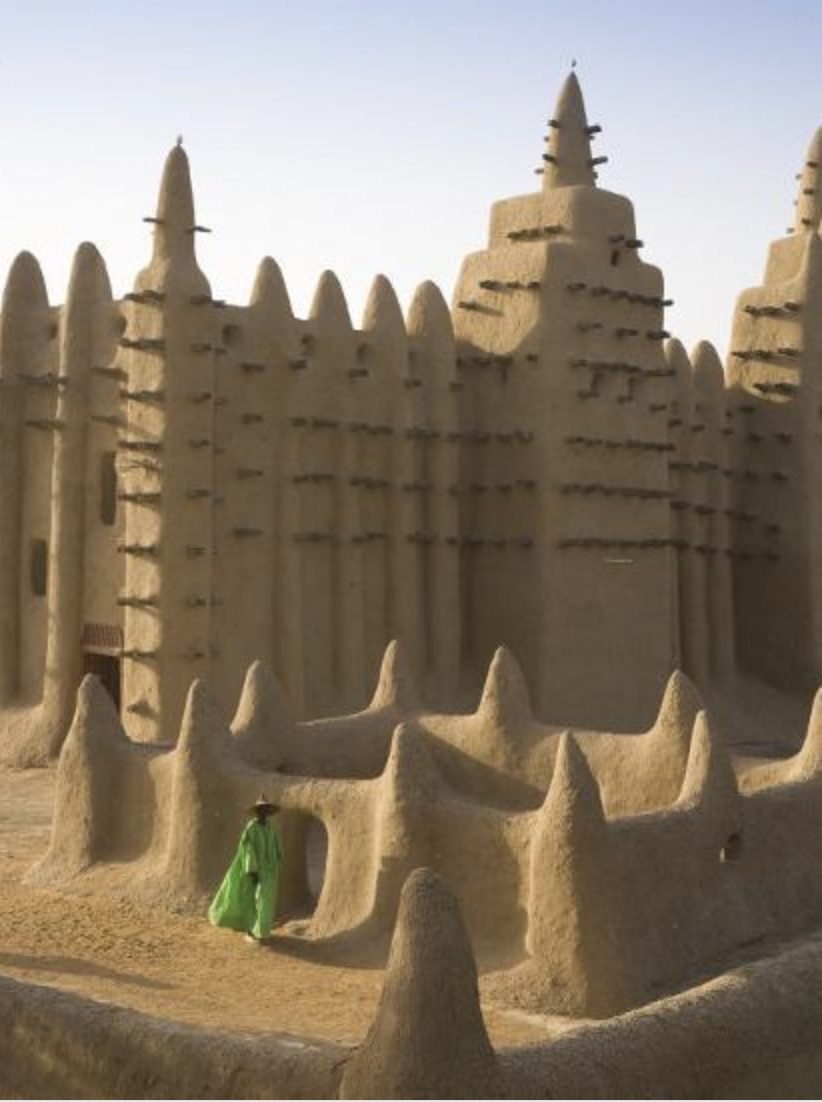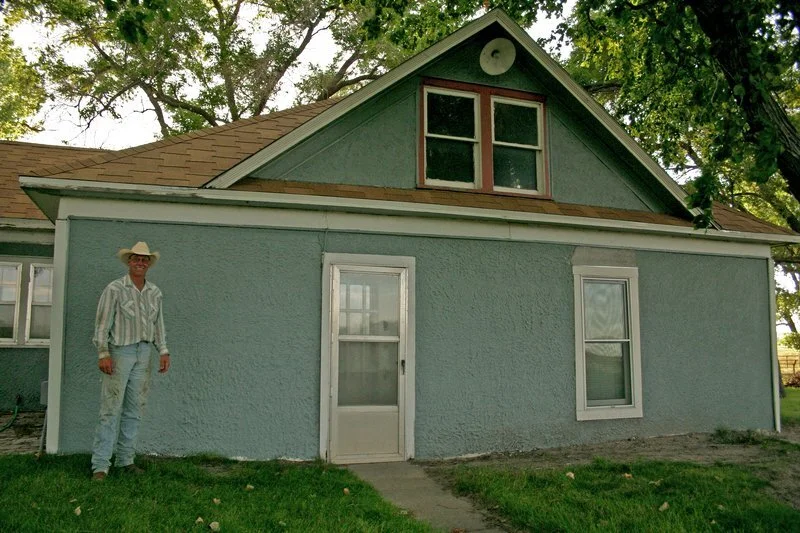Building with natural, local materials
What does it mean to build with natural materials?
What does it look like to build with natural materials?
Well, think about any beautiful old place tourists flock to anywhere in the world. If you’ve been to some, think about how good those places feel.
It can look a million different ways, but it is the way we have always built—using the materials nature has given us, with minimal processing, to build our habitats.
We’re not interested in “going back” to “the way things were” in some nostalgic way, though. We want to transcend & include the past. This means we want to keep the best of historic practices and evolve/develop them into the next version of good—adding up all the good from all the yesterdays, plus today, learning from our mistakes and inventing the next best iteration we can imagine.
We think that building with natural, local materials is a really worthwhile practice to bring into tomorrow.
Why & How
Let’s start with 6 reasons to build with the earth, then we’ll look at a few of the best ways to build with natural materials now.
In short, building with the earth can be extra beautiful and it can create buildings that are “fire-proof, sound-proof, bug-proof, bullet-proof, breathable, low-maintenance, structurally sound, hurricane and tornado-resistant, durable, biodegradable, and locally available.” And it has a “unique ability to regulate humidity and temperature through the absorption and release of heat and water vapor particles” which makes it great for passive solar temperature regulation and mold-resistant. (source)
6 reasons to build with the earth:
1. It’s beautiful & versatile.
Atelier AM, LA, CA
Zaria, Nigeria
Djenne Mosque, Mali
El Fenn, Marrakech
Aesop, Bordeaux, FR
Bali, Indonesia
We can make nearly any shape and color from earthen walls. We can express ourselves and our cultures with so much more freedom when we use the earth to build.
But there’s also a beauty in building with the earth that is so subtle that we often miss this as the first reason to build with the earth.
The colors are richer and more varied. Light reflects with more depth dimension. It feels good to your hands and feet. The walls absorb sound and are warm to the touch.
Biophilia makes the case that we are hard-wired to find natural materials more beautiful because that is what our bodies are made for—we evolved in natural elements and they subconsciously signal life to us, which we subconsciously interpret: beautiful.
2. It connects us to the earth, place, & time.
Earth: Continuing this biophilic line of thinking, building with local natural materials literally connects us to the earth itself which makes us happier. As Paula Baker-Laporte points out, being physically connected to the earth makes us happy “in the same way that seeing a picture of my grandkids makes me happy, being with them makes me even happier. Seeing a picture of a tree makes us feel better, but walking barefoot on unsealed wood makes us feel better than walking on vinyl.” (rough quote)
Place: Building with the earth on/near that site also creates a unique sense of specificity and place. People the world over know the color ocher by the earthen walls in the town of Ocher, France, and the color sienna by the earthen walls in the town of Sienna, Italy. It automatically creates a sense of thisness—that I know this place.
Time: You know how new places can feel too, out-of-a-box, weirdly inauthentic, and kind of…plastic? That’s often because so much of the place is plastic or synthetic. But even new construction made of earth have an instant sense of timelessness—no matter the style—because they are made with an ancient material that is connected to all of human history.
3. The earth can metabolize it.
You know how it’s better for us to eat minimally processed foods? The same concept applies to our buildings.
Just like our bodies don’t know how to break down and use things like Doritos and high fructose corn syrup, Mother Earth can’t process most of the building materials we use today.
40% of our landfills today are made up of construction material.
Earthen buildings just go back to being earth when they’re done being buildings—zero waste.
On top of the waste problem afterward, there’s the problem of (often toxic) waste produced when we create our materials, too. There are major offenders in every category (pipes, flooring, paint, glues, foams, sealants, etc.) but we’re especially looking at you, cement…
After water, concrete is the most widely used substance on the planet and might be the most destructive material on earth. Cement produces more pollution than all the trucks in the world.
We want to build in ways that help Mother Earth flourish, too.
4. It’s healthier for us to live in.
It’s not hard to imagine that putting materials releasing toxic fumes (VOCs) in our home or workspace isn’t great for our bodies. Unfortunately, today’s “new house smell” is usually toxic—and often formaldehyde! :/
On top of that, most of the walls we spend most of our time in these days are drywall systems made up of a variety of components that don’t agree with each other’s thermal dynamics, which can cause the conditions for mold to grow. :/ More toxicity.
Of course, we’d all love for our indoor air quality to not harm us (especially since we spend 90% of our time indoors), but what if using natural materials not only didn’t harm us but even helped us?
Earthen walls with unfired earth plasters are “free of harmful chemicals and toxins, making them ideal for those with chemical sensitivities. They even have the ability to absorb toxins from other materials and bind odor, such as cigarette smoke, to decrease levels of indoor pollution.” (source)
They also regulate humidity levels, which means they resist mold growth, and increase serotonin levels—both because we find it beautiful, but also because of its negative ions.
5. It’s incredibly durable.
Earthen buildings of all sorts around the world have lasted hundreds and even thousands of years when properly cared for.
Earthen homes have been shown to be earthquake-proof, fireproof, tornado and hurricane-proof, bug-proof, bullet-proof, and water-resistant. That’s a pretty solid list. (source)
6. It has wonderfully low embodied energy.
We talk a lot about how much energy it takes to live in a house, but we talk less often about how much energy it takes to make a house…and even less about how much energy it takes to make the components that make a house. All of that needs to be factored into the energy footprints of our homes.
When we’re using materials that take a lot of energy to extract, process, and ship across the country or countries…that all counts against us.
Using dirt on-site or straw nearby as our primary building materials is pretty hard to beat in terms of energy inputs and material costs.
How: How can we build with the earth now?
One of the main reasons we don’t build with earthen materials now is that it has always been too labor intensive. Local dirt is obviously, dirt cheap but historically, it takes way more time to build with than drywall, for example.
It’s kind of interesting because building with earthen materials are either for the poorest among us (about a third of the world—as in, “the third world”) live in earthen homes or it’s a luxury reserved for the wealthiest among us.
However, we’ve had some recent breakthroughs in technology that can handle the labor-intensive parts and really open up the game in affordable new ways. Here are a few of the methods we see as the most promising…
1. 3d printed soil buildings
3d printing local/on-site soil into load-bearing walls is kind of the holy grail of sustainable building and there are a couple of people very close to having this technology ready for us.
2. Strawbale SIPs
CEBs give us basically adobe blocks, on-site, without needing slave labor or something similar. Kind of a big deal. You can learn more here.
Summary
So, to wrap up, there is huge, beautiful potential in building with the earth, and we are about to get to unlock new levels in the game.
We’ve highlighted some of the biggest, juiciest points, but there is so much more to understand. Ancient, low-tech building science and the latest Building Biology all have so much to teach us and room to explore.
For a deeper introduction to Healthy Building and Building Biology, listen to this podcast: Designing healthy, natural homes with Paula Baker-Laporte on The Regenerative Real Estate Podcast.
And let us know your thoughts!











